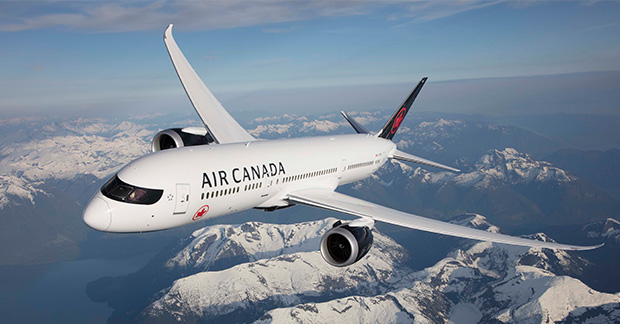Airline operations faced imminent shutdown as Air Canada and its pilots’ union reached a crucial agreement at the last minute.
The arrangement averts disruptive measures, maintaining service continuity for 5,200 flight deck crew.
In a tense backdrop, Air Canada and its pilot’s union narrowly avoided a complete shutdown of operations by reaching an agreement at the last moment. The negotiations culminated in a tentative four-year collective agreement with the Air Line Pilots Association (ALPA), representing over 5,200 pilots. This dramatic settlement underscores the challenges airlines face in balancing workforce satisfaction with operational continuity.
The terms of the agreement, which remain confidential pending ratification, reflect acknowledgment of the pilots’ contributions and set the framework for future airline growth. This agreement aims to avert the anticipated operational disruptions, which were poised to begin imminently. The exact contents of this agreement will only be disclosed after a vote by the ALPA membership, alongside Air Canada’s board approval, over the next month.
This policy served as a buffer to mitigate customer dissatisfaction and maintain service continuity, displaying Air Canada’s commitment to customer service amidst potential labour disputes. However, the risk of significant travel disruptions had prompted warnings from international bodies such as the UK Foreign Office, heightening concerns within the travelling community.
The intricacies of these negotiations reiterate the need for airlines to remain adaptable in labour management strategies, balancing cost efficiencies with fair workforce practices. Notably, this includes recognising the economic pressures faced during contractual disputes and the subsequent impact on their financial statements.
Overall, the successful negotiation reflects the industry’s broader commitment to maintaining global connectivity without compromising workforce welfare, despite unpredictable challenges.
However, ratification remains a crucial step, requiring majority approval from the voting membership. The union anticipates an intensive review process as members deliberate on the agreement’s merits in alignment with their long-term professional goals.
The impending vote and board approvals mark the next steps in finalising this agreement, with substantial attention placed on ensuring alignment with strategic growth objectives. This process exemplifies the airline’s strategy to maintain operational integrity while honouring commitments to its employees.
The agreement between Air Canada and its pilots’ union illustrates the delicate balance between operational demands and workforce satisfaction.
Effective negotiation strategies are vital in resolving industry challenges, as demonstrated by this last-minute resolution.

